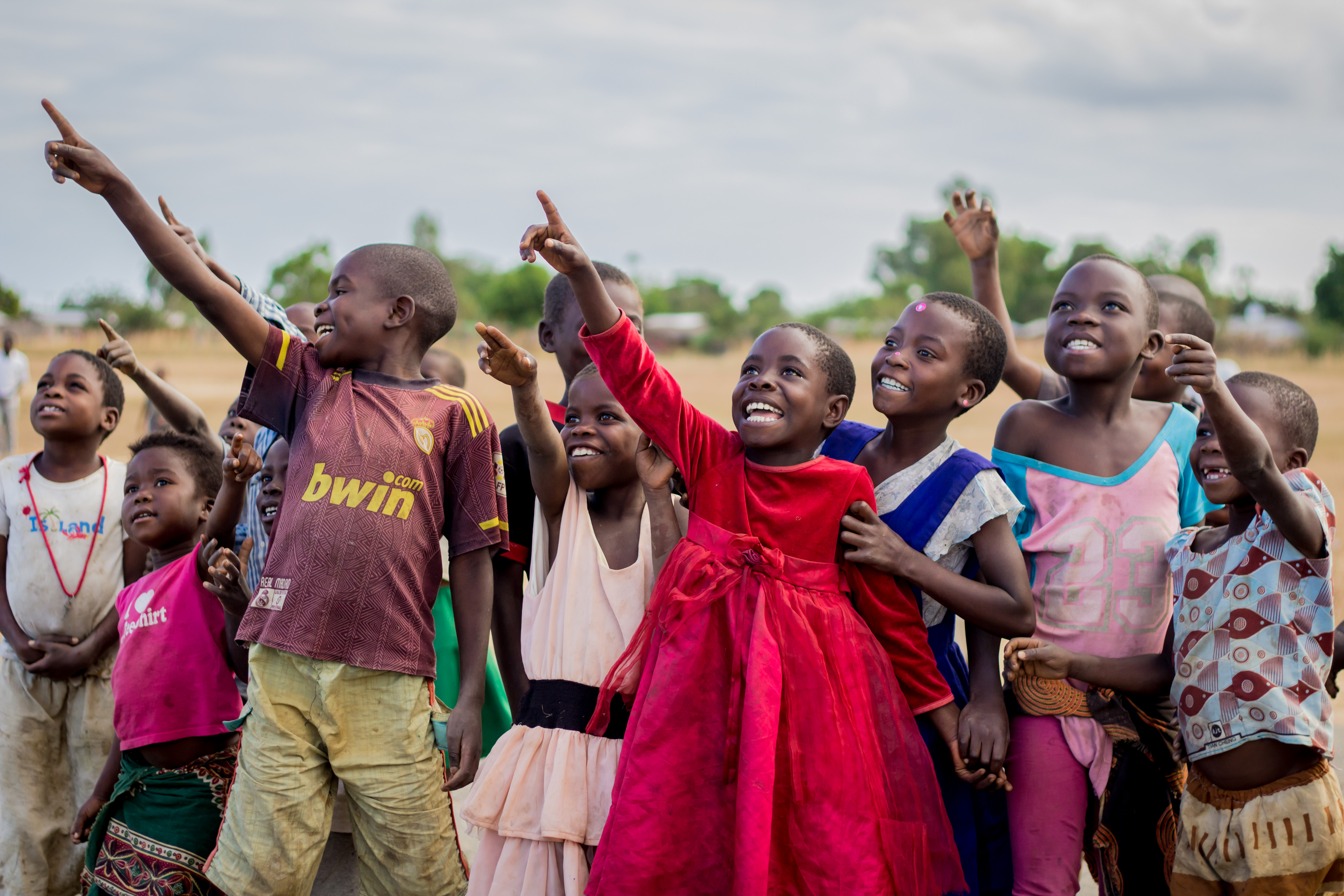Ending AIDS as a public health threat by 2030 is a significant challenge, as new HIV infections among adolescents and young people have not decreased fast enough to curb the epidemic. The combination of slow HIV response and increasing youth populations 15–24 could affect progress towards 2030 goals. This analysis aims to describe global and regional trends from 2010–2050 in the HIV epidemic among adolescents and young people by accounting for demographic projections and recent trends in HIV interventions.
One hundred forty-eight national HIV estimates files were used to project the HIV epidemic to 2050. Numbers of people living with HIV and new HIV infections were projected by sex and five-year age group. Along with demographic data, projections were based on three key assumptions: future trends in HIV incidence, antiretroviral treatment coverage, and coverage of antiretrovirals for prevention of mother-to-child transmission. Results represent nine geographic regions.



